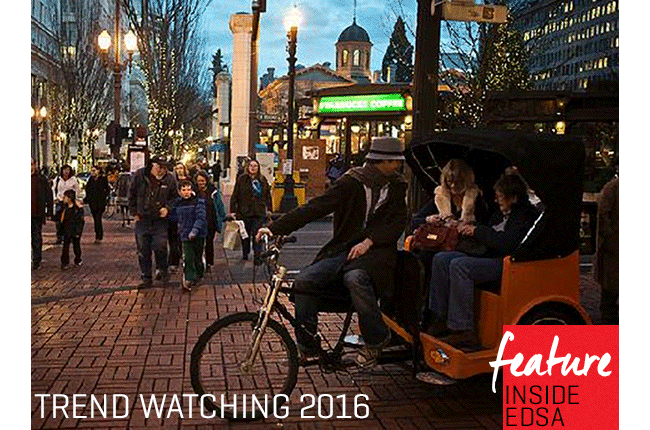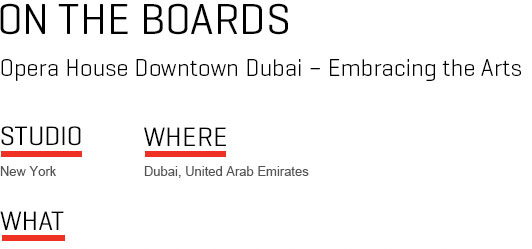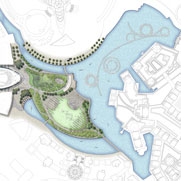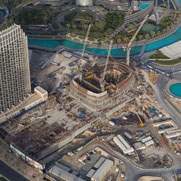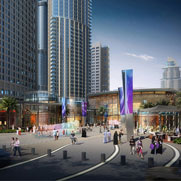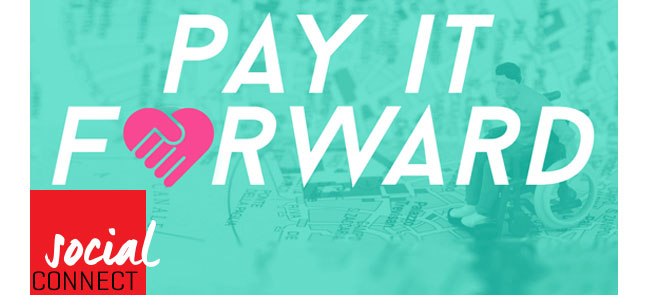In today's ever-evolving development industry, consumer behavior continues to drive demand. Project design must respond to and integrate what residents, tourists, students and visitors are expecting before they even know it. With this in mind, her are a few trends projected for 2016 that we are closely tracking:
18-Hour Cities 2.0: Everyone is familiar with the well-known 24-hour gateway cities of New York, Tokyo and San Francisco. The reputation of these energetic and bustling cities cannot be denied. But the rise of 18-hour cities holds promise (and 6 hours of sleep) for smaller, less dense metropoles. With lower business and living costs, cities like Atlanta, Nashville, Portland and Dallas have established their place. The real estate market is responding with a rise in mixed-use developments that incorporate facets of larger urban playgrounds. Not only are these cities more desirable, but potential investment returns are extremely promising.
Next Stop, The Suburbs: According to a recent report by Urban Land Institute, in the next five years, 48% of all adults and 73% of all millennials will move. But to where? The predicted movement is back to the suburbs but, with a twist. Hybrid, family-oriented neighborhoods are expected to mimic the treasured amenities of an urban core but with more space and greater affordability. Properties that bear elements of walkability, entertainment and accessibility are creating 'urban' suburbs with city centers that contain retail, transit hubs and nightlife. The idea is that people are drawn to the suburbs for all their living, entertainment and social needs. And if we consider that home ownership in the US has dropped to 63.5%, there is also a rising advantage for rental, co-housing and rent-to-own properties.
Parking For Change: According to the United States Department of Transportation, car miles traveled by people 34 years old or younger are down 23% while the percentage of high school seniors with driver's licenses also continues to progressively decline. The trend towards less driving and auto ownership is causing designers to rethink America's growing supply to parking garages. Many developers are already boosting alternatives to suboptimal-use garages by repurposing these outdoor spaces for bicycle parking, bus stops or car-sharing programs. Additionally, underutilized parking garages are being reimagined into popular venues for dining, shopping and living. This not only adds to the aesthetic appeal of the businesses that occupy them, it also saves time, money and material.
Big Data, Unprecedented Insight: The rise of e-commerce platforms are adding to the availability of big data. This data is informing consumer purchases and likewise educating businesses on the habits and preferences of potential patrons. Generated with a consumer's every click and movement, behavior-based knowledge is being collected and analyzed. Whether you agree with the process or not - understanding the path a shopper takes to purchase, what most influences them and which deals work best, at what times - big data offers insights into promotional personalization.
As always, we welcome your reactions, thoughts and questions to these trends as well as all future editorial content. Please feel free to email us at communications@edsaplan.com with any questions.

